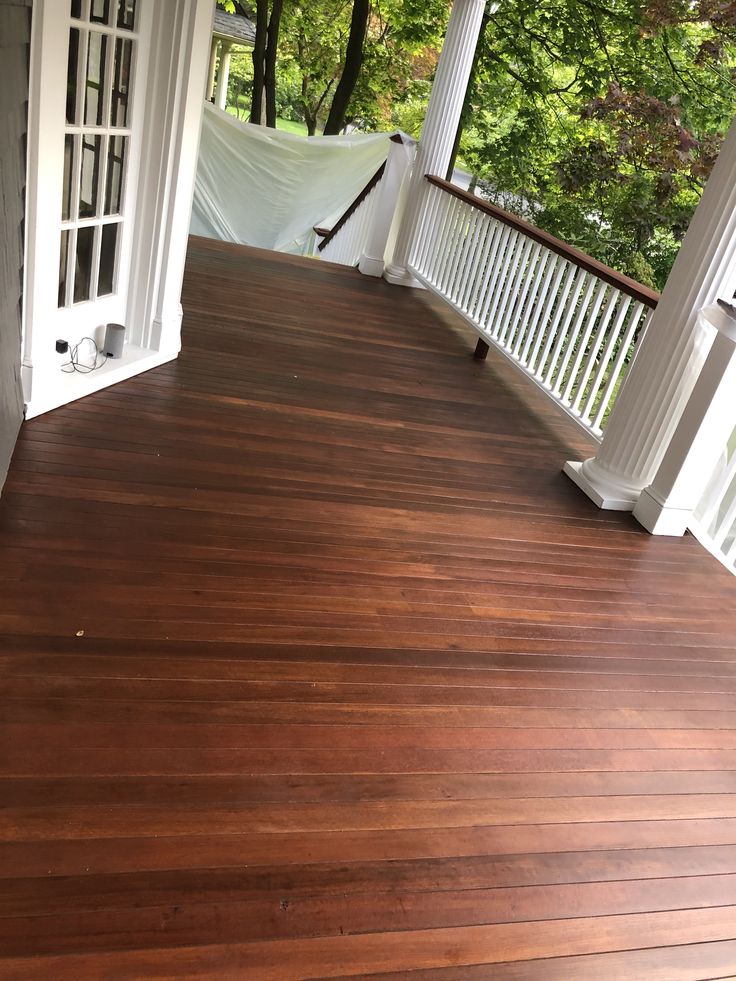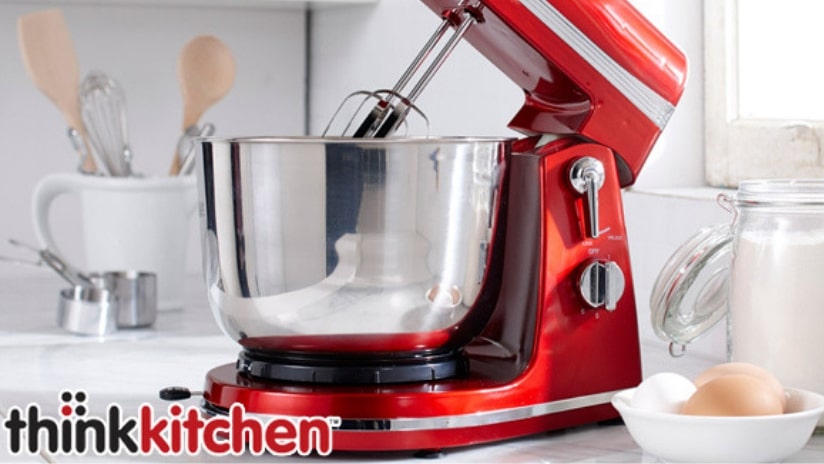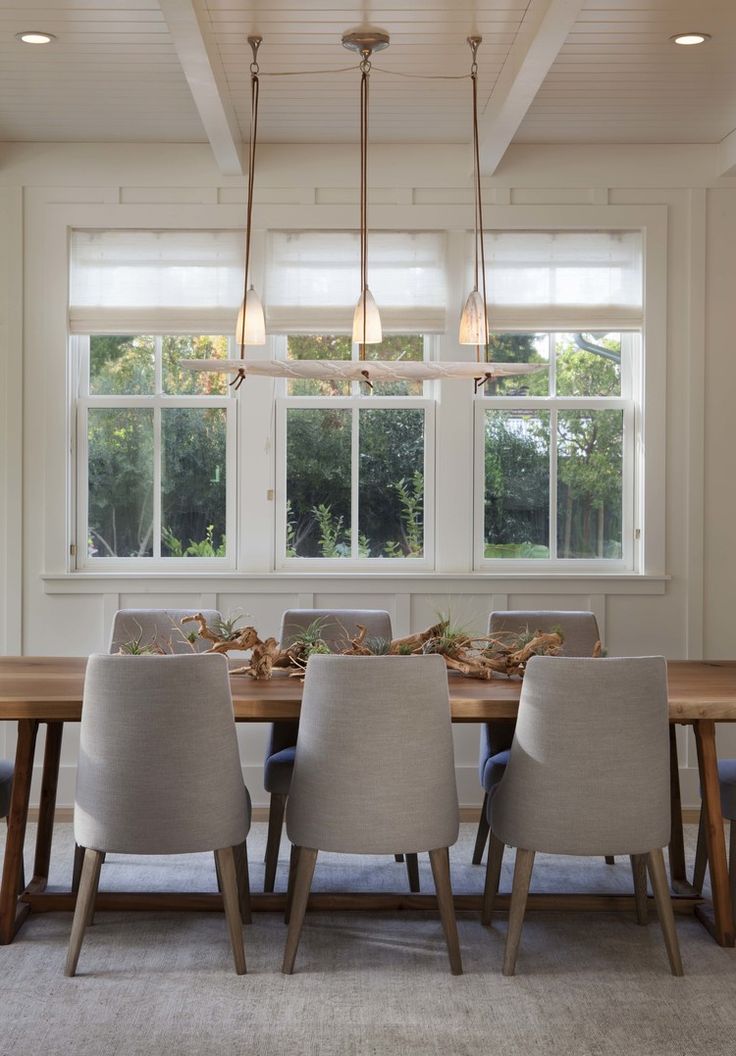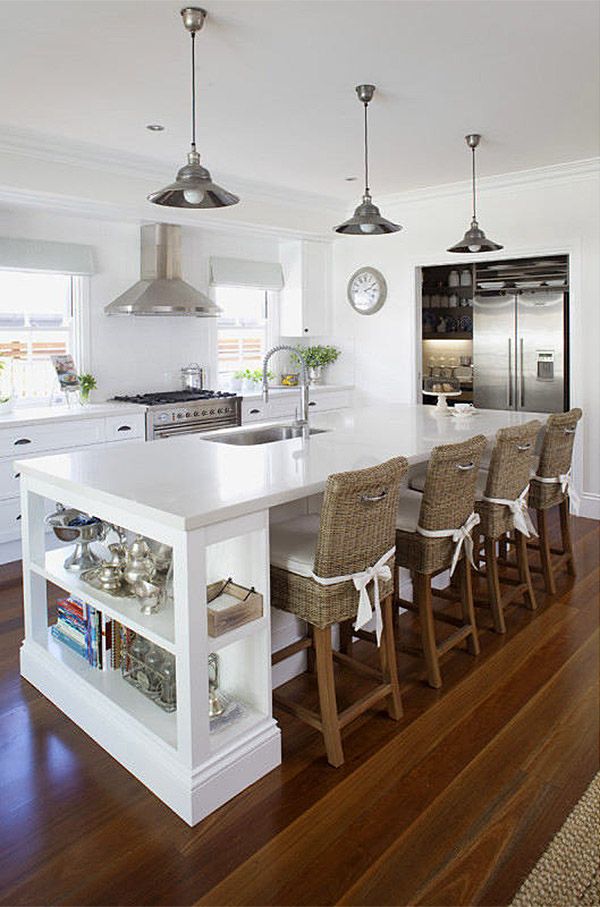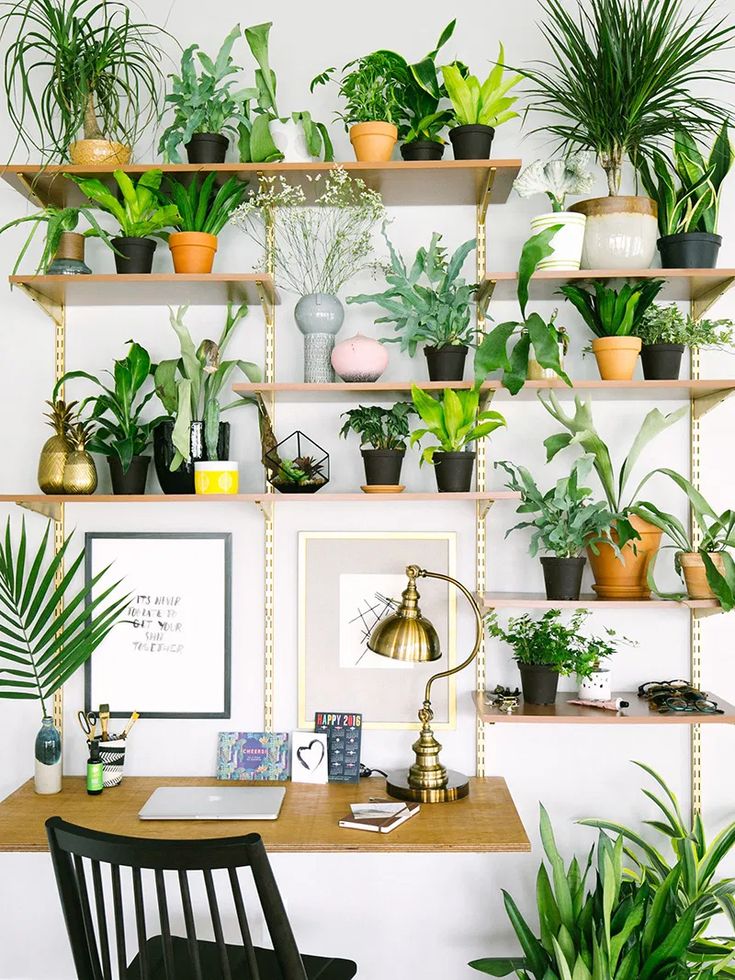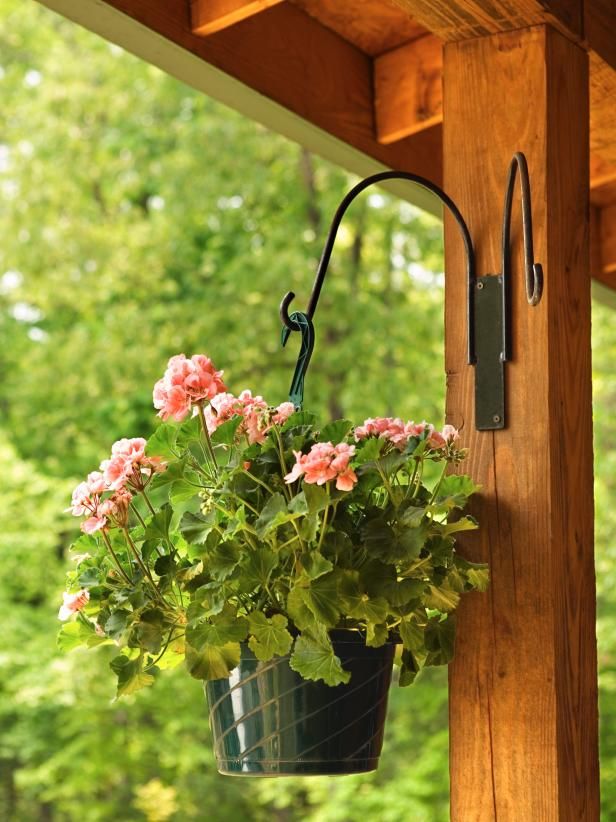What is the best color to paint a deck
Plan On Painting Your Deck? The 5 Best Deck Colors
Skip to contentPrevious Next
- View Larger Image
According to research, outdoor living areas have been growing in popularity for a number of years. This trend is still holding strong, with 56% of homeowners surveyed by Houzz making updates to improve their yards for entertaining.
If you too are planning some exciting outdoor space improvements, then one of the first things you need to think about is deck colors. Painting your deck can transform its aesthetic and instantly update the space.
However, you need to know how to pick the right paint color. Going with the wrong color could land you with an eyesore of a deck, or one that is a pain in the neck to keep clean.
Fortunately, we are about to share with you the top 5 best colors to paint your deck—for a fresh and professional look. Read on to find out what these are, as well as a few bonus tips for selecting an ideal hue.
1. Slate Grey
If you are after a contemporary feel for your new deck area, then slate grey is one of the best deck paint colors to use.
Grey is trending across numerous design styles and is particularly iconic to Scandinavian decor. According to a report by Zillow, this year saw Scandinavian minimalism heading outside to grace decks with its modern yet timeless appeal. If you love Scandinavian design or contemporary looks in general, slate grey might be perfect.
Dark grey is also a practical color. It will not show the dirt or reflect too much glare. Its deep hue can make for an attractive contrast against lighter walls and trim, or it can blend in subtly with dark walls.
2. Black
If you wish to go even bolder than slate grey, black is another attractive option to consider.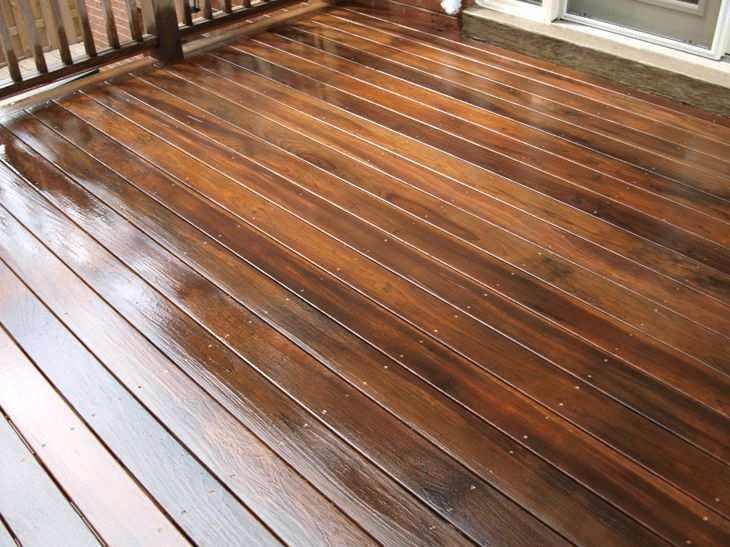 Black is one of the best deck colors if you want to make a strong statement, or would like to incorporate high contrast into your outdoor design scheme.
Black is one of the best deck colors if you want to make a strong statement, or would like to incorporate high contrast into your outdoor design scheme.
Take care, however, as black is not as forgiving to work with as grey. You will need to plan your outdoor furnishings tastefully to complement this strong color. Also, be sure to consider the colors of your house, to see if they will work well with a black deck.
Like grey, black is a practical color that is easy to keep clean and will reduce glare. Take note that for uncovered areas, it will soak up heat. This can be either beneficial or unwanted, depending on the climate where you live and whether or not the deck is covered.
3. Dark Blue
Another popular, practical, and striking color for decks is dark blue. Dark blue is an interesting color because it can give the feeling of brightness and liveliness, while at the same time being solid and tasteful.
Dark blue deck colors are ideal for conveying a beach house aesthetic.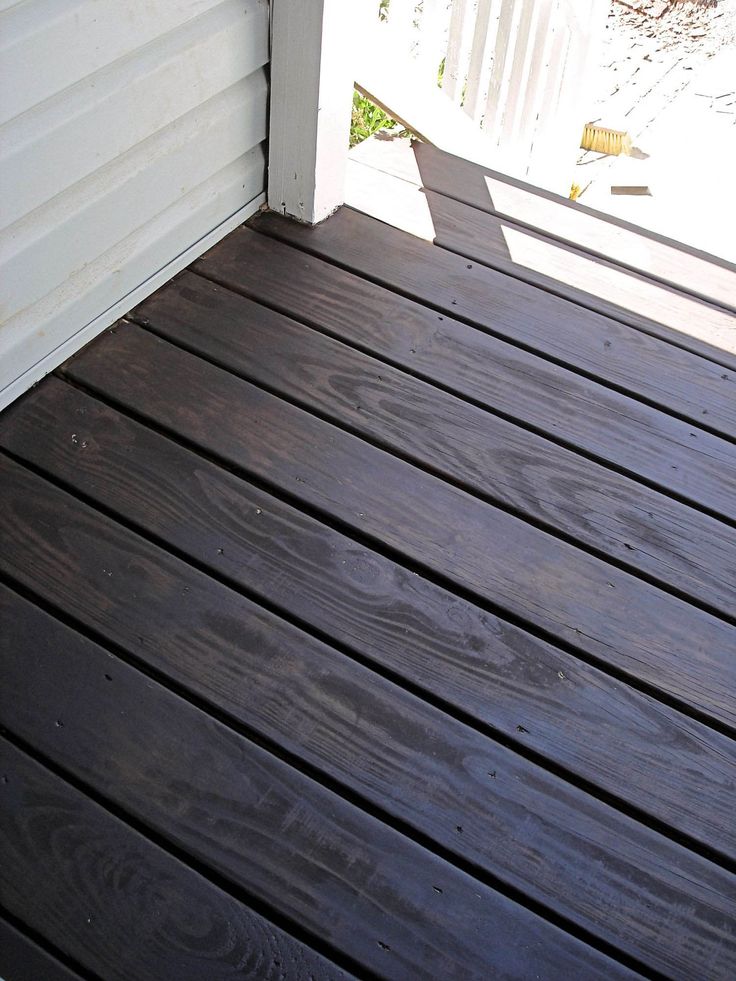 With its nautical character, dark blue also hints at Mediterranean chic and relaxation.
With its nautical character, dark blue also hints at Mediterranean chic and relaxation.
On the practicality side of things, dark blue is good at hiding marks. At the same time, it is not so dark that it will make uncovered spaces hot to walk on during midday.
4. Chocolate Brown
If you prefer a wood look but don’t want to do wood deck staining, then you can consider painting your deck in chocolate brown. This is a popular deck paint color, and if you don’t look too closely it can yield the feeling of wood to some extent.
Also, the contrast with your other outside elements will be similar to what you would have gotten with wood.
Like black, slate grey, and dark blue, chocolate brown is well-wearing and will not show every footprint and mud mark.
5. Greige
Greige is the new grey. And the new beige. Greige is a combination of grey and beige which has been steadily gaining popularity thanks to its smooth versatility and almost perfect balance between warm and cool.
If you are someone who has a hard time deciding between grey and beige at the best of times, then greige might be the answer.
Greige is also a nice option to go for if you would like a lighter colored deck. A light deck will bring extra brightness into covered areas, and also into your home if there are any windows between your deck and your home’s interior.
At the same time, the combination of grey and beige makes for a muted hue that’s good at concealing dirt marks.
Tips for Choosing the Perfect Color
Before you decide on what paint color to use, there are a few tricks and tips to keep in mind.
First, take your home’s exterior color palette into consideration and make sure that your color choice will compliment this.
Second, factor in your interior flooring. If you wish to create the feeling of one continuous space flowing from inside to without, you can utilize a similar color for your deck paint.
Lastly, think about the amount of traffic that your deck is likely to see.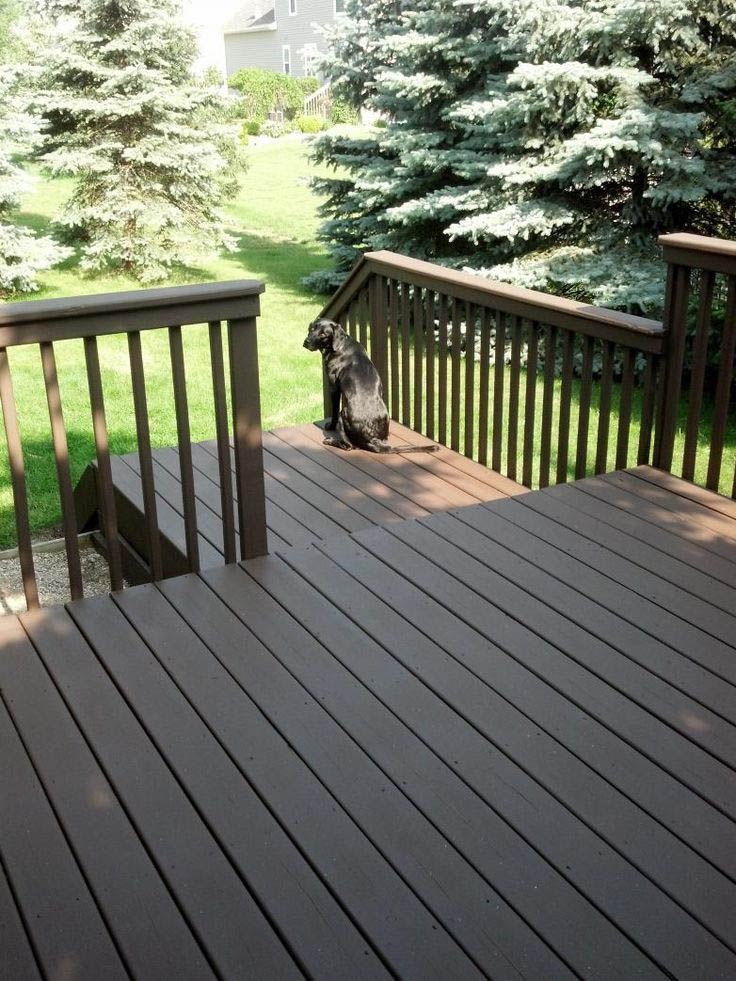 It is probable that it will get muddy often? Or is it a light-use area?
It is probable that it will get muddy often? Or is it a light-use area?
If your deck is a high-use area that will see a fair amount of dirt, then it is best to stay away from light colors and choose a darker hue.
On the other hand, if your deck is a light use area that will mostly be accessed from the house (with less traffic from the yard) then lighter colors could work.
Now You Know About Some of the Best Deck Colors!
Now that you know about some of the best deck colors to choose from, all that is left to do is find a reliable and experienced contractor to get your deck painted.
If you are in the Austin, TX area, give us a call. We specialize in professional deck and exterior painting services with a two-year warranty. Schedule a free estimate today, or contact us if you have any questions about how we can make your new deck a reality.
Recent Works
Page load link Go to Top9 Best Deck Paint Color Ideas (2023)
by Andre Kazimierski | Feb 11, 2023
Choosing deck paint colors is tough.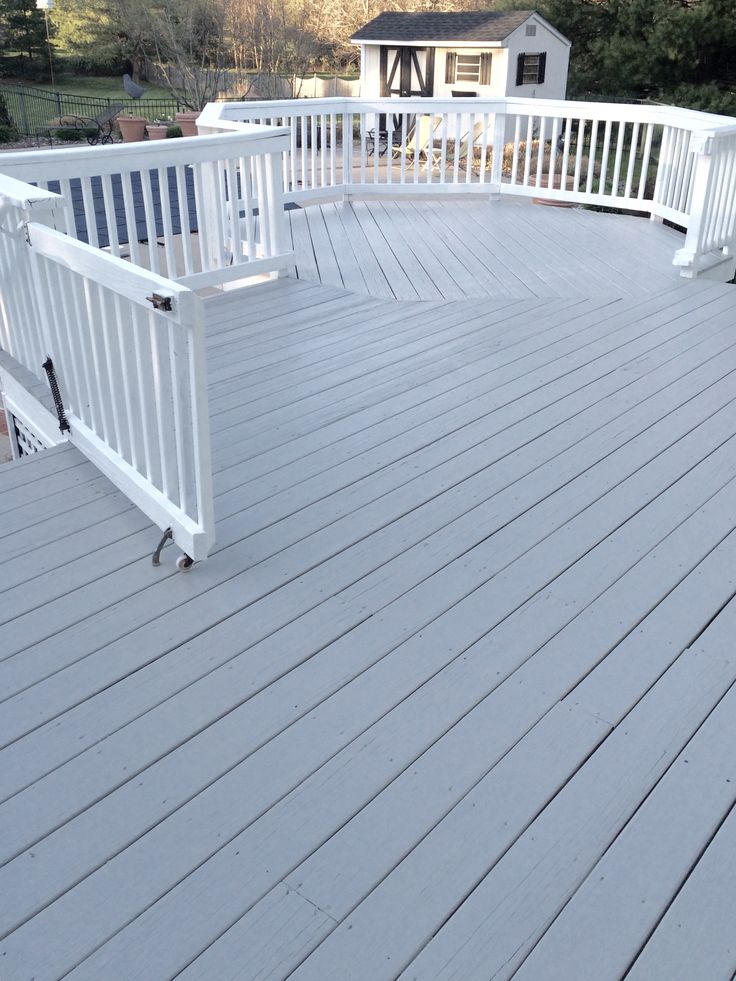 Finding the best color starts with viewing deck paint jobs for inspiration. That is what this deck painting article is all about.
Finding the best color starts with viewing deck paint jobs for inspiration. That is what this deck painting article is all about.
Certainly, regularly painting or staining a deck protects deck boards from rot. No question, wood decks take a ton of wear and tear. Accordingly, you should stain or paint decks every 2-5 years to maintain the wood.
Likewise, a new coat of paint or deck stain can transform your outdoor space or backyard. But which stain or deck paint colors work best?
Today, we dive into the best modern deck paint colors that are most popular among homeowners. Additionally, our deck experts explore when to paint and when to use deck stain.
Our goal is to inspire your next DIY or professional painting project with some of the most popular deck ideas from actual jobs we’ve painted.
Let’s get started with a timeless deck paint color that seems to never go out of style!
-
Golden Oak
Golden Oak or Honey is a classic light deck color that we love because of its versatility.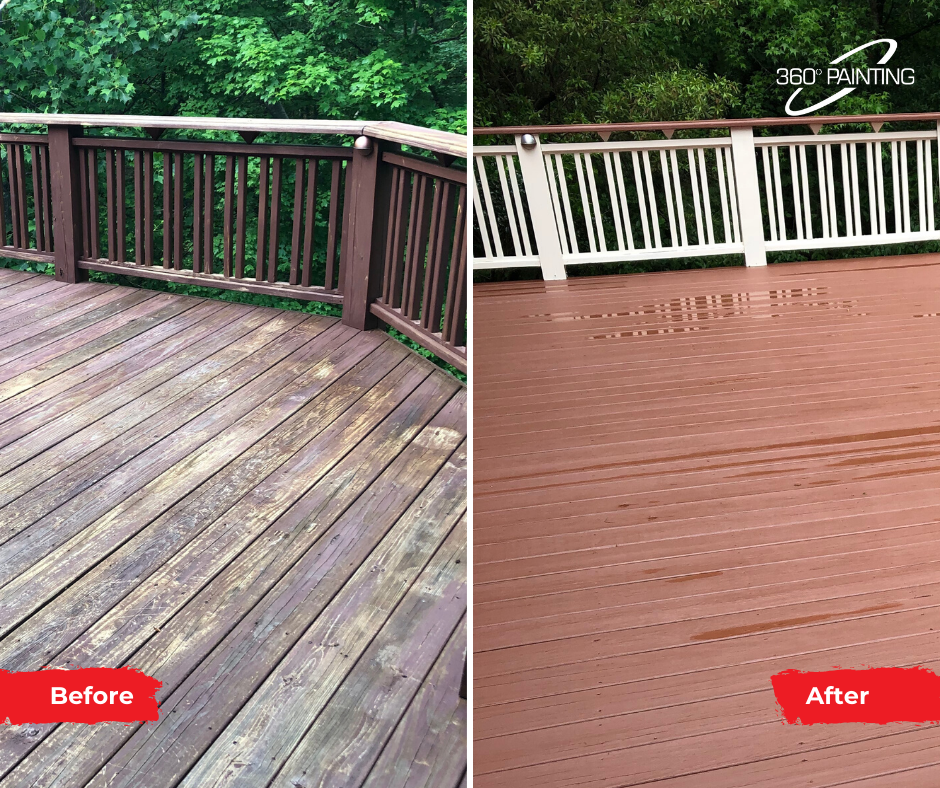 Indeed, this warm and inviting deck stain color works with most home exterior paint color palettes.
Indeed, this warm and inviting deck stain color works with most home exterior paint color palettes.
Likewise, Golden Oak looks beautiful applied as a semi-transparent stain on many different deck wood surfaces.
This includes previously unpainted or new pressure-treated wood, redwood, and cedar wood decking. Just remember to wait 3-6 months for newly installed pressure-treated wood to dry before staining or painting.
No question, Honey Oak or Golden deck stain colors are as timeless of deck paint or stain as there is. All in all, this is why we’ve ranked it as the best deck stain tone overall.
-
Dark Brown
Dark brown is a modern deck paint color that can reinvigorate a tired-looking outdoor color scheme. You can find dark brown solid deck paints, solid stains, or semi-transparent sealers from most manufacturers like Behr or Benjamin Moore.
Painting a deck’s railings and deck boards dark brown strikes a balance between a classic warm wood look and modern deck paint colors like black or gray.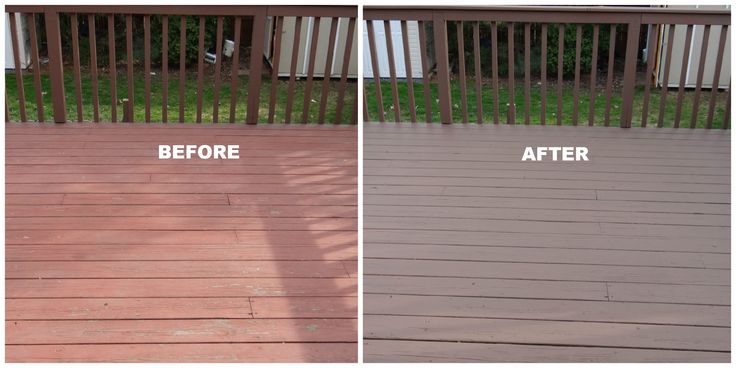
Another key point is that dark brown stains cover imperfections better on old wood surfaces. Additionally, darker shades may protect wood better than lighter deck paint colors because they have more pigment.
As you can imagine, professionals swear that this is the perfect deck paint color to refresh an old worn-out deck. Not to mention, it covers most lighter deck stains or paint colors well after a few coats. That means you won’t have to worry about the old color showing through as much as you would if going dark to light.
What are the best deck paints?
The best paint products to use for your deck painting job are Sherwin Williams Porch & Floor Enamel, Benjamin Moore Floor & Patio Latex Enamel, and Benjamin Moore Arborcoat Solid Color Stain.
According to Improovy’s Head of Production and 25-year painting industry veteran, Mike Kremsreiter, these deck paints all offer excellent performance and color retention.
Mike also recommends using an oil-based stain or paint versus acrylic-based when refinishing your deck.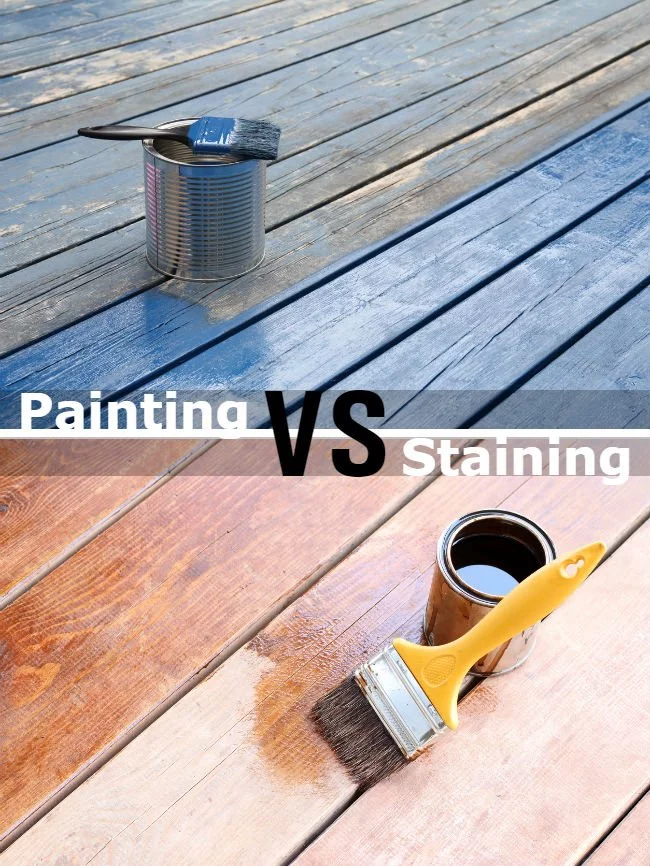 While every deck is different, oil-based products typically last longer than acrylic or water-based deck stains or paints.
While every deck is different, oil-based products typically last longer than acrylic or water-based deck stains or paints.
-
Light Gray
One of the trendiest deck paint colors this year is light gray. Painting your deck gray is an easy way to create a contemporary look in a backyard.
Undeniably, most homeowners choose neutral color choices like light gray or off-white to paint interior rooms. Accordingly, a gray deck is a great way to extend a modern interior paint color scheme outside.
In addition to gray being a modern deck paint color, it coordinates beautifully with a black front door or darker trim accents on a home.
By the same token, gray deck paint is a perfect color to coordinate with black or slate-colored siding on a house. As a matter of fact, painting your house black is another popular trend that we’ve seen recently.
How much does it cost to paint a deck?
Painting a deck costs $1,382 to $2,251 on average.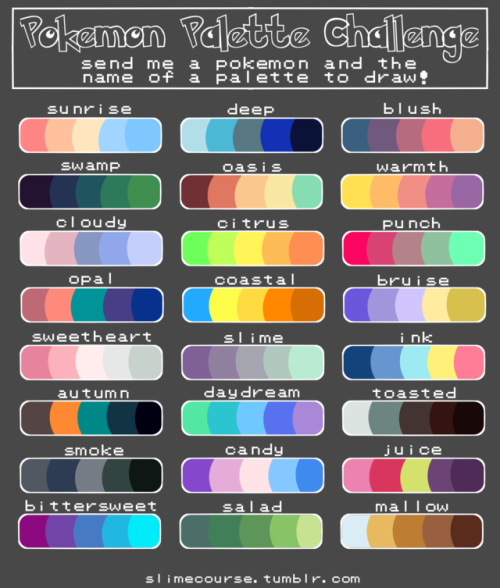 Deck painting prices may vary based on the condition and size of the deck.
Deck painting prices may vary based on the condition and size of the deck.
Additional cost factors include the type of deck paint being used and if any rotted wood needs to be replaced. On average, it costs $162 to $196 per deck board that needs to be replaced. Learn more about the cost to paint the exterior of a home.
-
Beige or Tan
One of our go-to deck paint color choices today is beige or tan.
Similar to Honey or Golden Oak, this color’s versatility is what stands out. It not only matches well with different brick house colors but blends nicely with outdoor elements.
A tan deck color is a great backdrop if you want the focus of your outdoor space to be on the furniture. You can think of beige or tan as a blank canvas that matches well with most outdoor decor.
Without question, you have to consider resale value when it comes to any home improvement. In the same way that realtors recommend sticking with neutrals for interior walls, a beige deck is a safe choice to coat your outdoor decking boards.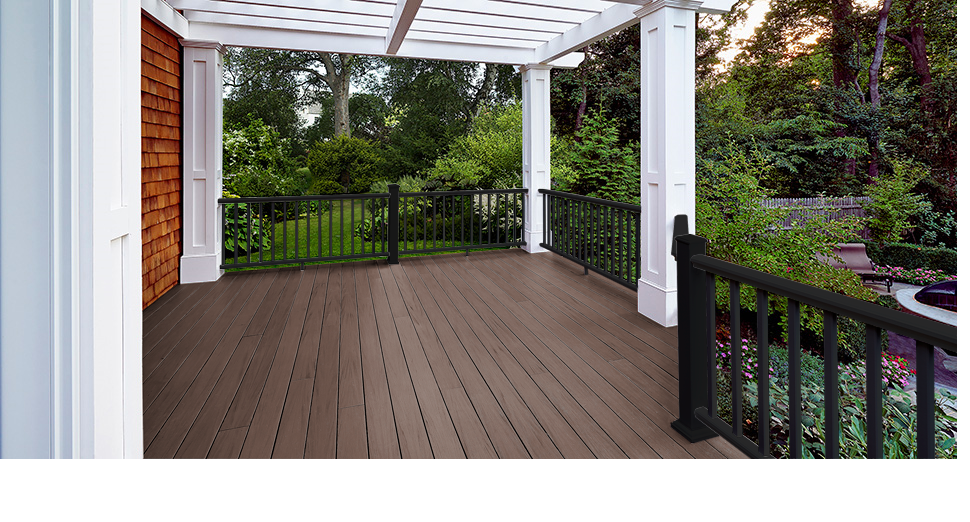
If you prefer a taupe, you can also go a bit lighter with a beige deck color.
Overall, you cannot go wrong with this popular deck paint color used by homeowners across the United States.
A beautiful and modern color option for your deck is to paint it black. Indeed, black deck paint colors can add a dramatic accent to your exterior color palette.
Likewise, black is a contemporary deck color that can be paired with white railings and dark gray wicker furniture for an upgraded outdoor oasis.
Undeniably, black is a striking outdoor deck paint color that adds a touch of refinement to your backyard. Just make sure you consider how it will coordinate with your house colors and landscaping.
The only downside with black is that it can overheat and peel faster when painted on a deck surface in direct sunlight. Not to mention, the deck floorboards will get hot over the summer so make sure you have a nice outdoor rug or sandals ready!
What is the difference between paint and solid stain on a deck?
While a solid stain and paint look very similar, it’s important to know the difference when repainting (or staining) your deck.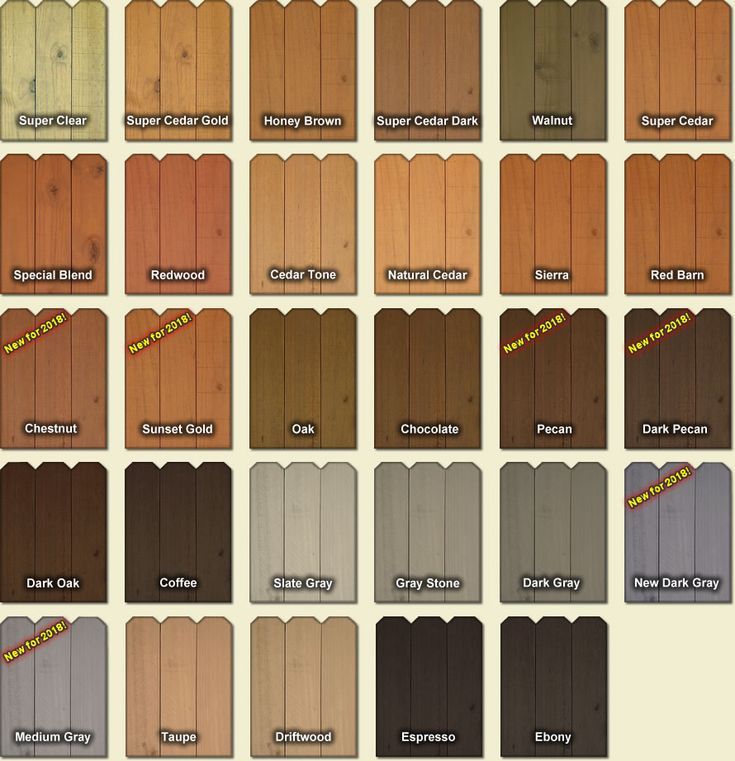
The main difference between a solid stain and paint is that stain penetrate the wood and allows it to breathe more than paint. In contrast, paint forms a film on top of the deck and shows less wood detail. Furthermore, paint requires a primer on raw wood while stains are self-priming.
Next, a solid color stain typically fades over time. In comparison, paint chips and or peels as the deck ages.
In general, paint is best used inside or on covered porches or patios. It’s also better to use paint versus stain on older decking.
Another way to tell the difference is by looking at the sheen of the deck. Enamels or painted decks tend to look shinier than solid-colored stain, which looks more matte or flat.
Finally, painted decks are also slipperier than solid stains. That’s why we recommend mixing in a sand-like texturizing additive when painting deck stairs!
-
Light Walnut
Light Walnut is a medium deck color that is a top choice for decks and railings if you prefer a natural wood grain look.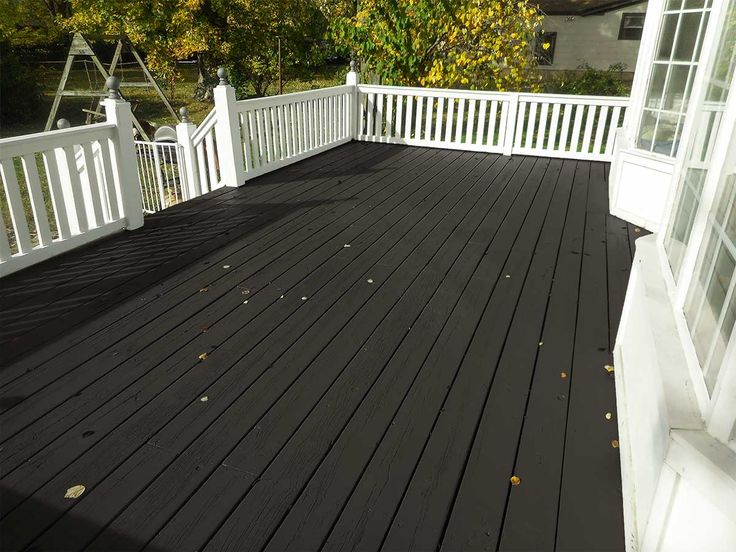 It’s a bit darker than Honey or Golden Oak but lighter than dark brown tones.
It’s a bit darker than Honey or Golden Oak but lighter than dark brown tones.
Likewise, light walnut has hints of warmth and orange-brownish tones that look lovely with green bushes and lavish landscaping.
Similarly, this deck paint color is quite versatile if you want to pair this awesome deck tone with pavers or concrete elements.
We recommend using light walnut as a semi-transparent stain versus a solid or deck paint. While there are retailers that sell solid stain and paint in the same tone, Light Walnut works best when you can see the wood grain.
All things considered, this is a solid color choice for any deck makeover.
What are the best deck stains to use when staining decks?
The best deck stain to use on your deck is a translucent or semi-transparent oil-based stain product. Our top picks for deck stains are Rymar Xtreme Weather Wood Sealer, Benjamin Moore Arborcoat Translucent Classic Oil Finish, and Ready Seal.
Generally speaking, these stains allow the natural beauty of the wood grain to show through more than paint or solid stain products.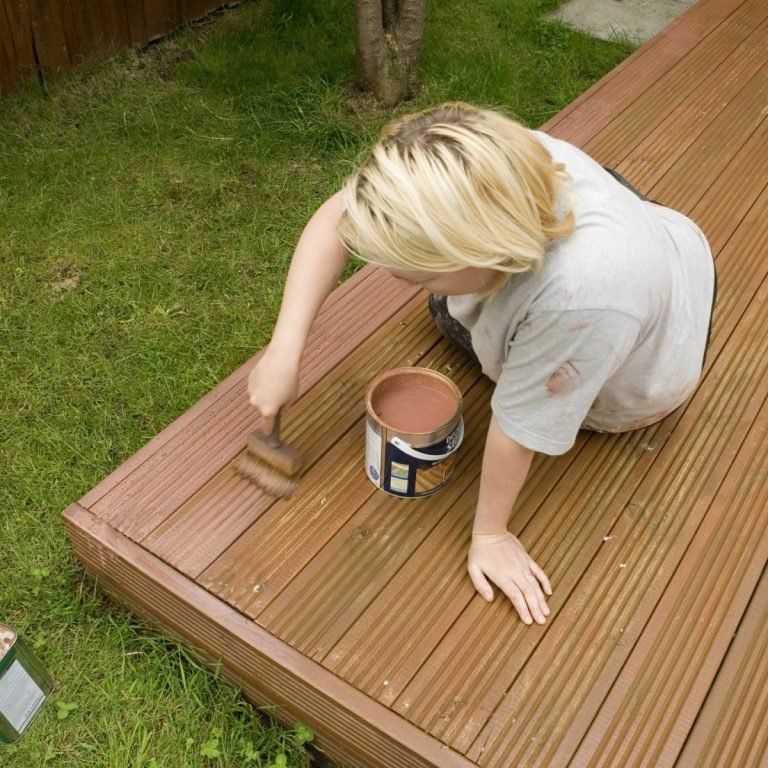
Moreover, transparent and semi-transparent stains fade over time but are easier to prep and touch up in the future. Typically, you only need a washdown of the deck surface before re-staining.
-
Natural
A natural or clear coat deck color is another favorite choice for homeowners who appreciate the wood grain look. As you may have guessed, a natural coat of transparent deck stain shows all the wood detail while still waterproofing it.
The upside of using a natural deck stain is that you can always use deck paint or stain afterward in any color you want.
However, the downside is that a natural coat doesn’t protect the wood as much or last as long as paint or thicker stain. If you are lucky, a natural coat of transparent stain lasts one or two years.
Remember, you cannot apply a natural coat on a pre-painted or pre-stained deck.
Naturally, you would have to strip all the old paint or stain before applying a clear coat.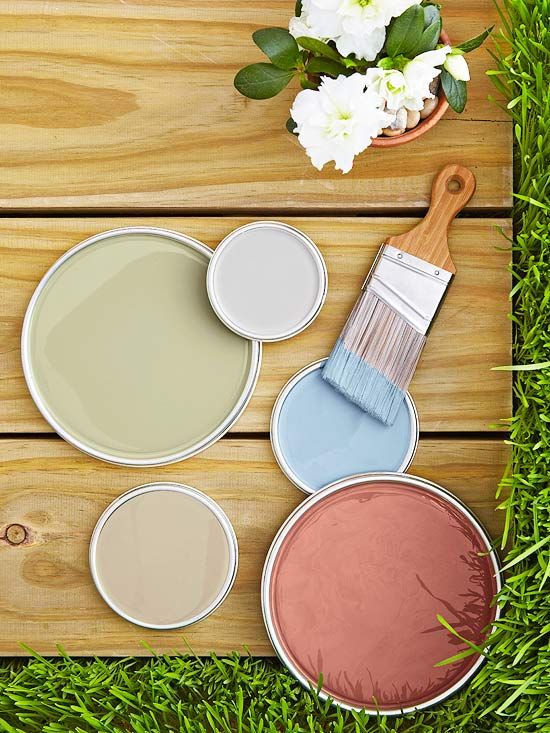 This requires using a dangerous chemical stripping agent or sanding down the deck to bare wood.
This requires using a dangerous chemical stripping agent or sanding down the deck to bare wood.
Altogether, stripping a deck is almost never worth it. Instead, we recommend hiring a qualified composite decking contractor to replace it with maintenance-free decking.
-
Redwood
A redwood deck paint or stain can look amazing when coordinated with specific house colors or stucco. Redwood paint is amber-colored and coordinates best on decks surrounded by vibrant greenery.
If you prefer the wood grain look, you can find mahogany stain tinted with a tinge of redwood to achieve a similar effect. Just make sure you consider your home colors when painting a deck red. As pictured above, gray stucco siding coordinates beautifully with a redwood deck paint or stain.
Overall, redwood is a smart way to add a vibrant contrast to any lush outdoor landscape.
-
Slate or Blue
A slate or blue deck paint color can really make a statement.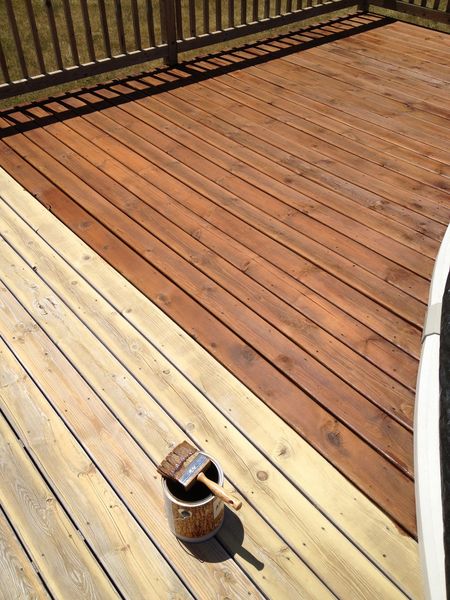 Accordingly, it’s a modern deck paint option that stands the test of time when paired correctly.
Accordingly, it’s a modern deck paint option that stands the test of time when paired correctly.
One thing to keep in mind is that you do not want to go too blue with this deck color. That means you should pair it with white painted railings or a similar contrasting color on the risers or deck posts. Indeed, this adds just a bit more contrast so you can accurately match the deck with your exterior house trim.
Deck Painting FAQs
The following are some of the most frequently asked questions by homeowners when painting their decks.
How do you prepare a deck for painting or staining?
To prepare a deck before painting or staining first remove all furniture. Inspect the wood and replace rotted or warped boards, railings, or trim. Next, pressure washes the deck surfaces. If mold exists, use an eco-friendly mildew wash detergent to remove it. Third, scrape off any peeling paint or chipping stain and lightly sand the surface. Remember to sweep off all debris afterwards.

Finally, you can apply your first coat if staining. However, you'll need to spot-prime bare wood surfaces if painting. In any case, be sure to trim or tie back any surrounding bushes or plants before painting or staining for easier application.
What paint lasts the longest on deck?
Oil-based or enamel paints last the longest on decks. However, there are a number of quality acrylic-based deck paints that do a great job. In general, acrylic deck paints are much more eco-friendly than oil-based paints.
If you need help, you can always hire a qualified painting contractor to ensure your decking paint job lasts.
How long does the average deck paint job last?
You can expect a deck paint job to last 1-3 years on average depending on the previous condition of the surface and daily wear and tear. The reason a typical deck paint job lasts only a few years is that decks are outdoor horizontal surfaces. Certainly, exterior horizontal surfaces wear down faster than vertical walls since they get walked on and experience various weather elements.

How to Choose the Best Deck Paint
A deck is a big investment so you need to make sure you maintain it properly and that includes choosing the best deck paint for rework and repairs. Unlike many standard interior surfaces, your deck is exposed to a lot of the elements, which means you need to choose a paint that is not only designed for use on decks, but perfect for its current age and condition. And the better you make your choice, the more time you have before you have to repeat the process.
Here are a few things to consider when choosing the best deck color for the job, as well as answers to some of the most frequently asked questions people have when it comes time to paint a deck.
Why choosing the best deck paint is so important
When buying deck paint, you have two main options:
-
- Acrylic (also known as water-based) paints
- Oil based paints
The biggest difference between acrylic floor paints and oil-based paints is that acrylic paints adhere to the surface of the wood and form a protective layer, while oil-based paints penetrate the wood, providing protection from the inside.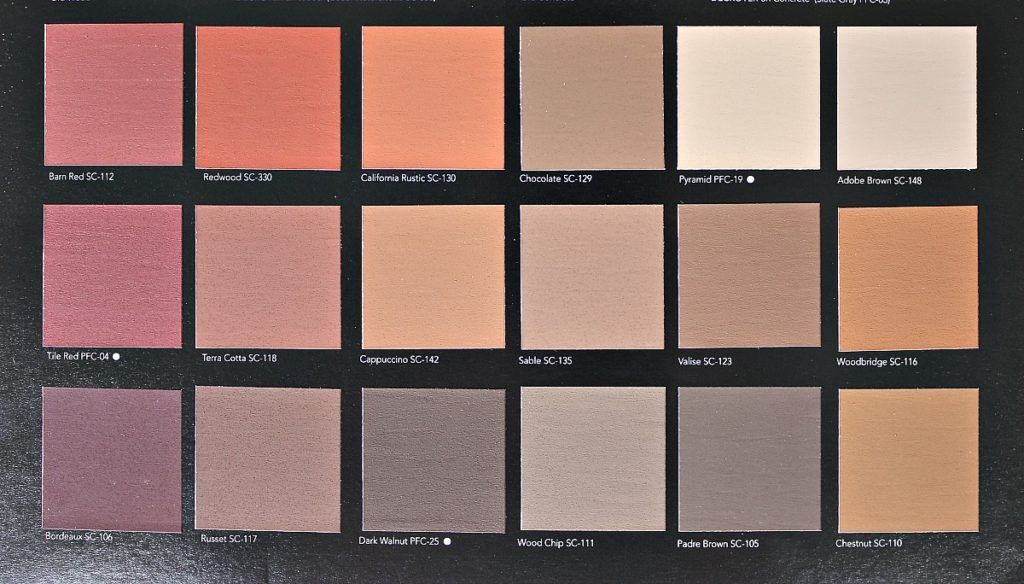
If you know what paint was used for your deck before, then this will tell you what deck paint is best for you this time. Oil-based paints work best when applied over oil, and the same goes for acrylics.
On the other hand, if you choose to work with a paint that has not been previously used on your deck, you may run into some problems later, especially when it comes to this all-important protective coating. For example, oil cannot penetrate acrylic, so if you apply oil-based paint over acrylic, it will not be able to penetrate your deck wood - and therefore cannot penetrate it. Job.
Fortunately, there is an easy way to find out what type of paint was used on your deck during previous procedures: pressure washing. Since acrylic paints are water based, you can also remove them with water. On the other hand, oil paints require special treatment with mineral spirits for removal.
If you are spraying a deck with a pressure washer and the existing paint peels off easily, you are most likely dealing with acrylic.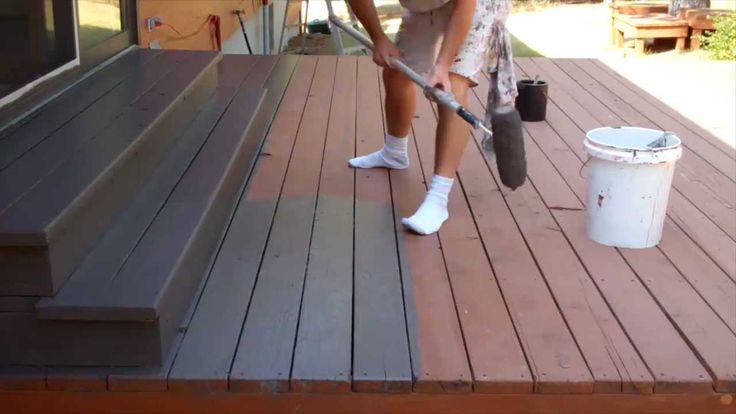 If it doesn't, it's safe to say that you now have an oil-based paint.
If it doesn't, it's safe to say that you now have an oil-based paint.
Acrylic and Oil Deck Paint
There are other differences between acrylic and oil deck paint that may tempt you to choose one over the other.
These differences will come in handy if you are drawing a new deck for the first time. He is also is switchable from oil based acrylic and vice versa, however keep in mind that you need to completely strip the previous coat(s) of paint first, which is a lengthy and labor intensive process. If you want to go down this route and it's on budget, consider working with a professional to take apart the deck and then you can take over the painting duties from there.
Regarding these differences, here are some of the most important ones to be aware of:
Acrylic (water based) deck paints
-
- Lasts four to eight years
- Low VOC (Volatile Organic Compounds)
- Easy to keep clean with soap and water
- Dries quickly, next coat can be applied in about four to six hours, so you can cover the entire deck faster than
- Less peeling and cracking
Oil based deck paints
-
- Lasts five to ten years
- High VOC
- Best moisture protection
- Dries slowly, at least 24 hours may pass between coats.
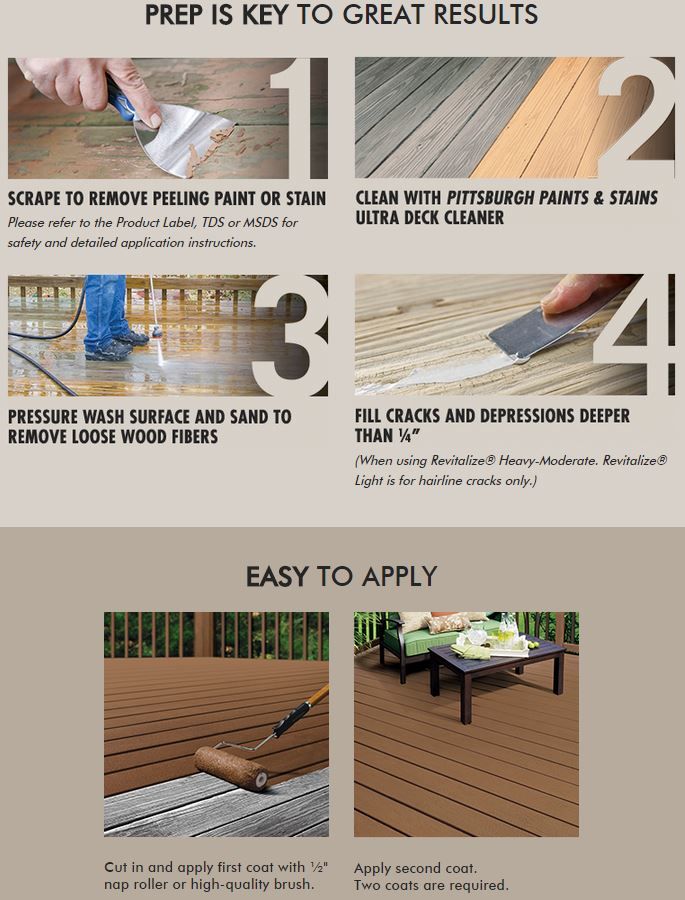
- Requires the use of special chemical solvents to clean all tools and paint dirt.
Many deck decorating professionals consider oil-based paints to be the best option for deck painting because although they are slightly more difficult and take longer to apply, they also last longer and provide the most effective moisture protection, which is a major element to consider. on any outdoor surface.
Acrylic flooring also has a number of great benefits, especially if you're taking on the project yourself. It is much easier to work with and safer due to its low VOC content and no need for chemical cleaning solvents. By this point, if you do use oil deck paint, be sure to wear a mask and goggles, as exposure to VOCs can irritate your eyes and throat and even cause respiratory problems.
Both acrylic and oil deck paints are available in a wide range of colors and both offer you at least a few years before you have to paint again. And in terms of overall durability, both are designed to withstand the elements.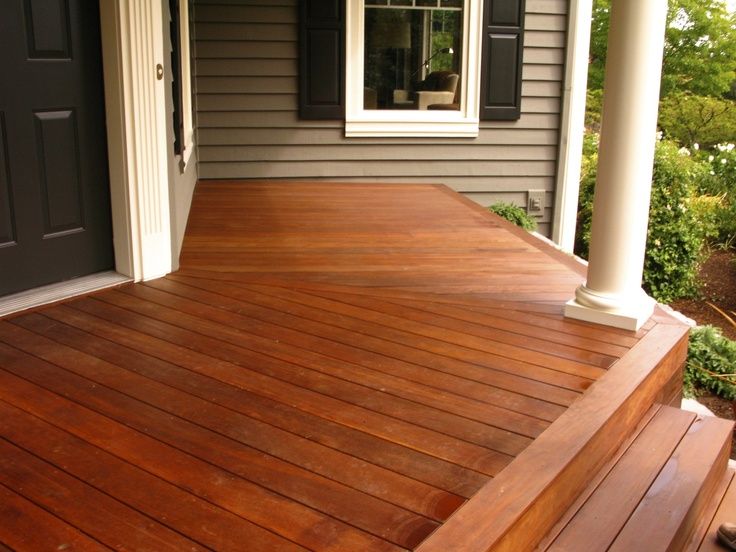 Just avoid interior paints or any paint that isn't specifically made for use on exterior surfaces (better yet, stick to paints that are made exclusively for deck use).
Just avoid interior paints or any paint that isn't specifically made for use on exterior surfaces (better yet, stick to paints that are made exclusively for deck use).
Another thing to watch out for is the supplement . Look for deck paint with additives to protect it from UV rays, extreme temperatures, mold and mildew. This will give you better protection and ensure that you can spend more time enjoying your deck and less time crafting it.
Deck Paint Surface Finish
Choosing the best deck paint is more than just a formula you use. You will also have your choice of surface gloss, just like you would paint an interior wall.
Choosing the right surface finish isn't as much of an issue as choosing between an acrylic or oil base, but it will have a big impact on the look of your deck as well as how you care for it, so it's worth doing some research.
-
- Eggshell Deck Paint - This surface is the least reflective so you will have the least amount of sheen.
 This is good for hiding imperfections in wood, but not for hiding dirt.
This is good for hiding imperfections in wood, but not for hiding dirt. - Satin Deck Paint - You'll get a slightly higher sheen here than with eggshell, but it's still dull. This means it will still hide imperfections, but is also easy to clean and less prone to dirt than eggshell paint.
- Semi Gloss Decking Paint - Choose semi gloss for more reflectivity. The biggest advantage is that it hides dirt and dust well. In addition, most of the exterior finishes are finished in a semi-gloss color, which will provide continuity to your deck and other exterior surfaces.
- High - Gloss Deck Paint - This is the highest gloss deck paint and is also easy to clean. But high gloss means there is nowhere for imperfections in the wood to hide, so any nicks, cracks, or other imperfections will be more visible, not less noticeable.
- Eggshell Deck Paint - This surface is the least reflective so you will have the least amount of sheen.
To sum it up: the less sheen a paint is, the better it hides imperfections and the more difficult it is to keep clean.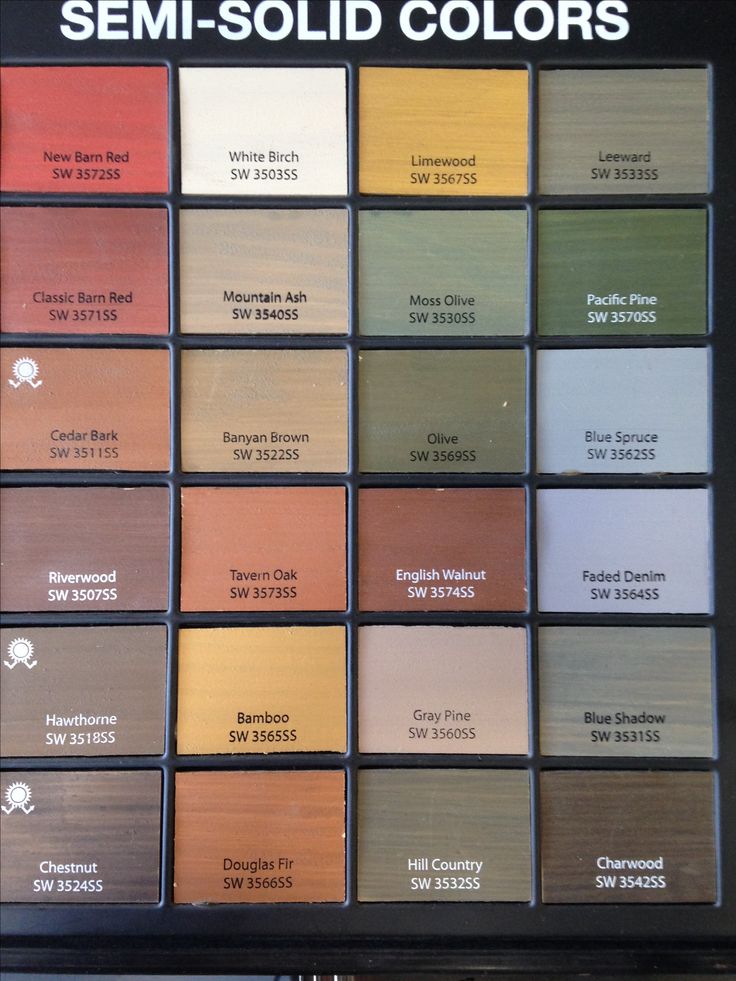 The opposite is true with higher gloss. Which path you should take depends largely on your personal preference, although you can also choose the sheen that complements your other painted exterior surfaces the most.
The opposite is true with higher gloss. Which path you should take depends largely on your personal preference, although you can also choose the sheen that complements your other painted exterior surfaces the most.
Frequently Asked Questions about Buying the Best Deck Paint
Got questions? Let's see if you can find your answer here.
Is it better to paint or paint the deck?
Stain is best if you want a more natural finish, plus it's cheaper and easier to apply than paint. However, paint lasts much longer than stain, and is also more versatile and much easier to maintain. Which is better depends on what matters most to you in terms of looks and durability.
Should the deck be primed before painting?
Yes. A primer will help the paint bond to your deck, as well as provide additional protection from moisture, temperature, and foot traffic. This also ensures that you get an even finish, as the porous surface of the wood means that the paint often sets and holds with varying degrees of saturation.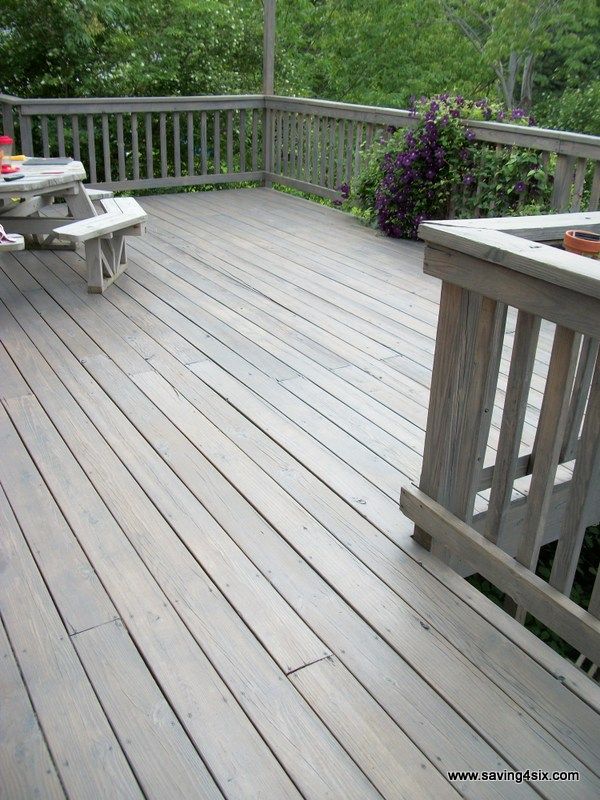
Can I spray paint the deck?
You place a bet! Both acrylic and oil paints can be applied with a spray gun, although color choices may be more limited.
When is the best time to paint a deck?
Late spring is usually ideal. According to Consumer Reports, you want the ambient temperature to be at least 50 degrees Fahrenheit when you paint your deck, and it should never drop below 32 degrees Fahrenheit during the curing process. As for the upper temperature limit, 90 degrees Fahrenheit is a good limit. As Consumer Reports explains, if it's too hot to keep your hand on the outside of your home for more than a few seconds, it's too hot to paint any exterior surfaces.
How to activate the Tarot deck? Detailed instructions | Entertainment
After buying a Tarot deck, you cannot immediately carry out fortune-telling and assume that the cards that have fallen are your future. Activate the Tarot deck, in other words, wake up, revive, make it work and tell the truth.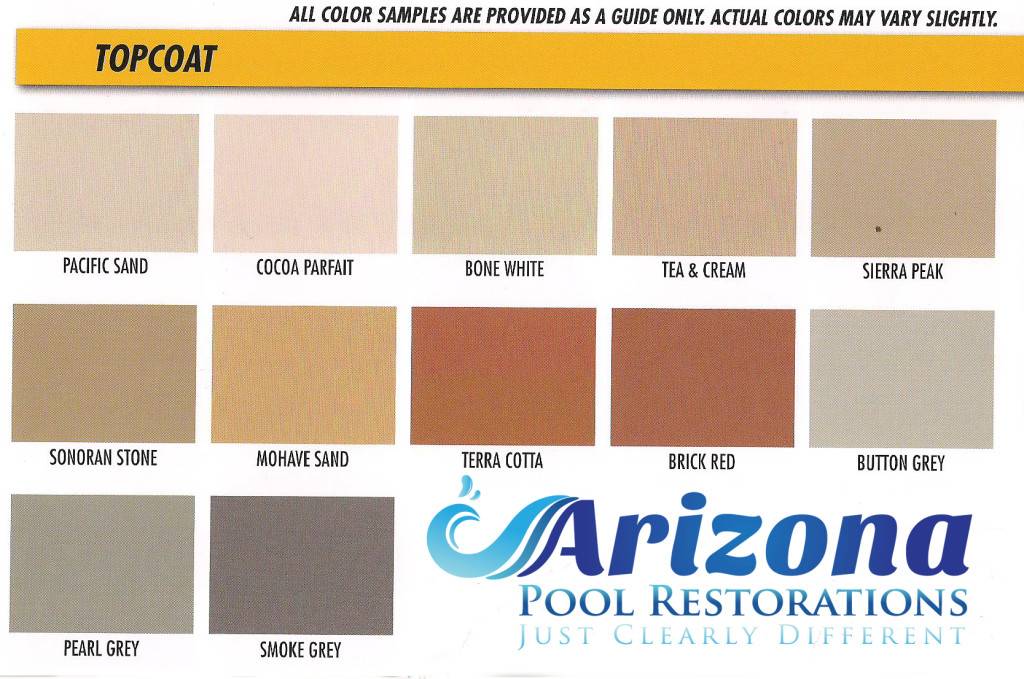
Ways to activate a Tarot deck
There are several ways to make a new Tarot deck work. You can choose one of the most acceptable and liked.
- Energy setting. This method involves establishing a spiritual connection with the deck. To create a relationship, you need to take the printed deck in your hands and squeeze the cards with your palms at the level of the solar plexus. Your state during this should be relaxed and calm, you can close your eyes. It is believed that the forces of the elements help when working with cards, so you can light a candle or turn on the water. You need to think about the cards, mentally ask them to help you in solving difficult issues. You should feel how the warmth passes from one palm to another through the Tarot deck. The average time for an energy attunement session is 10-12 minutes.
- Working with sensations. A popular tactic to help you figure out how good you feel about the deck. Take two cards that are opposite in meaning, for example, the major lasso of the Tower, symbolizing collapse, destruction, and the minor lasso of the Ten of Cups, promising harmony in relationships, prosperity.
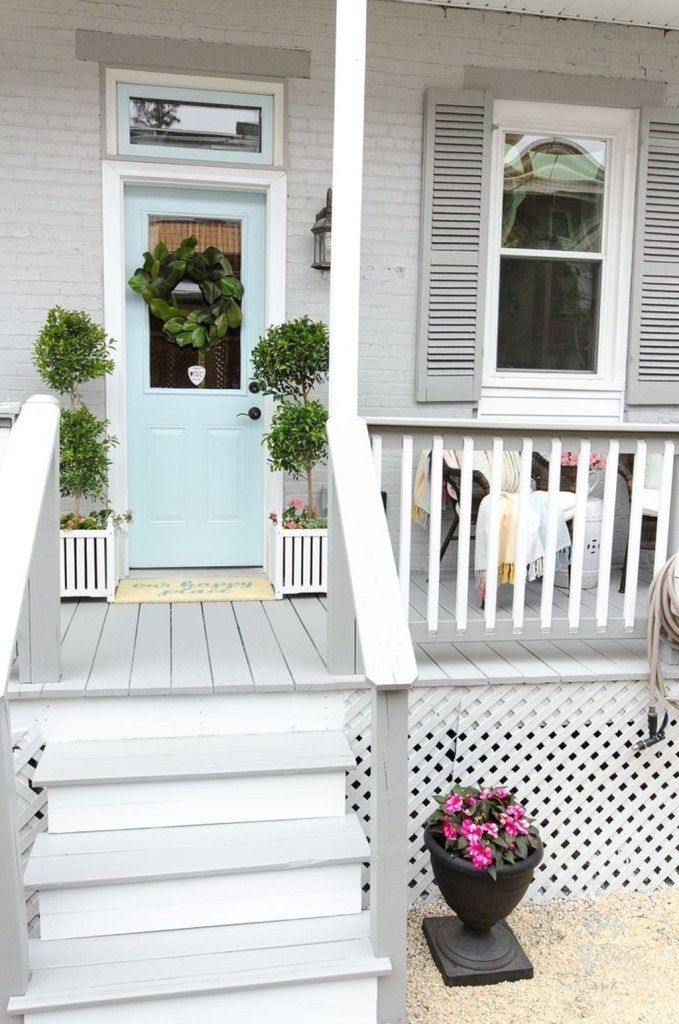 Study them carefully, feel the energy of each. Then, turn over the cards and shuffle. Try to feel the energy without seeing the pictures. Subsequently, use 4-5 cards.
Study them carefully, feel the energy of each. Then, turn over the cards and shuffle. Try to feel the energy without seeing the pictures. Subsequently, use 4-5 cards. - Find an assistant. Among the major arcana of the Tarot, there are assistants who can be used to study the cards. You will need four cards: Mage, Hermit, Emperor, High Priestess. These are teachers. Lay them out in front of you and try to mentally talk to each one. Feel whether your image is depicted on the card, what sensations you experience when looking at the card, whether it is warm or cold. You intuitively have to choose your assistant. After choosing, talk to him, ask him to help you master the cards, teach him how to work with the Tarot.
- Activation with four elements. Light a candle, put it on the table. Place a stone to the right of it. Under the stone should be a handful of earth. To the left of the ground is a saucer of water. When all the items are on the table, put the Tarot deck in the center and cover it with your palm.
 Mentally ask the deck to work with you, help in solving complex issues, divination. The average session time is 10-13 minutes.
Mentally ask the deck to work with you, help in solving complex issues, divination. The average session time is 10-13 minutes.
Checking the work of the Tarot
After activating the deck, it must be checked. Make a simple spread of 3-5 cards and ask the cards a question to which you know the answer. You can ask questions about what has already happened, happened. After analyzing the cards that have fallen, you will understand whether they are deceiving you or telling the truth. If the alignment turned out to be incorrect, the deck is not ready to work. Postpone it for a few days, then perform the activation ceremony again and try to make a deal. If the second attempt fails, we can conclude that you have chosen a “not your” deck, or you are misinterpreting the meanings of the cards.
Safety precautions and rules for working with Tarot
When working with Tarot, safety precautions must be observed, especially this rule applies to new undeveloped decks.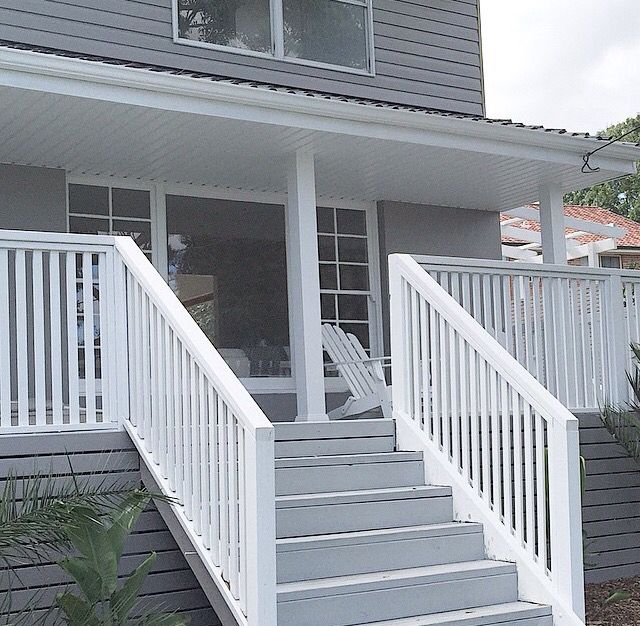
- Do not give cards into the hands of third parties. The deck must have one owner.
- Cards must be stored in a separate box or bag in a place hidden from prying eyes.
- You can work with the deck only in a good mood. You should not feel negative towards the cards.
- You can not lay out cards during a period of poor health and during the menstrual cycle in women.
- After performing the divination ritual, thank the cards.
- Close the deck with the Major Positive Arcana. For this, cards Mage, Sun or World are suitable.
Start exploring the world of tarot or expand your card collection with our classic 1910 Rider Waite universal divination cards. There are 78 cards in the deck for divination and divination (22 major and 56 minor arcana). In the kit you will find: a bag for storing cards, an instruction book with a detailed interpretation and description of the meaning of the cards and layouts in Russian. There are 2 types of decks available.